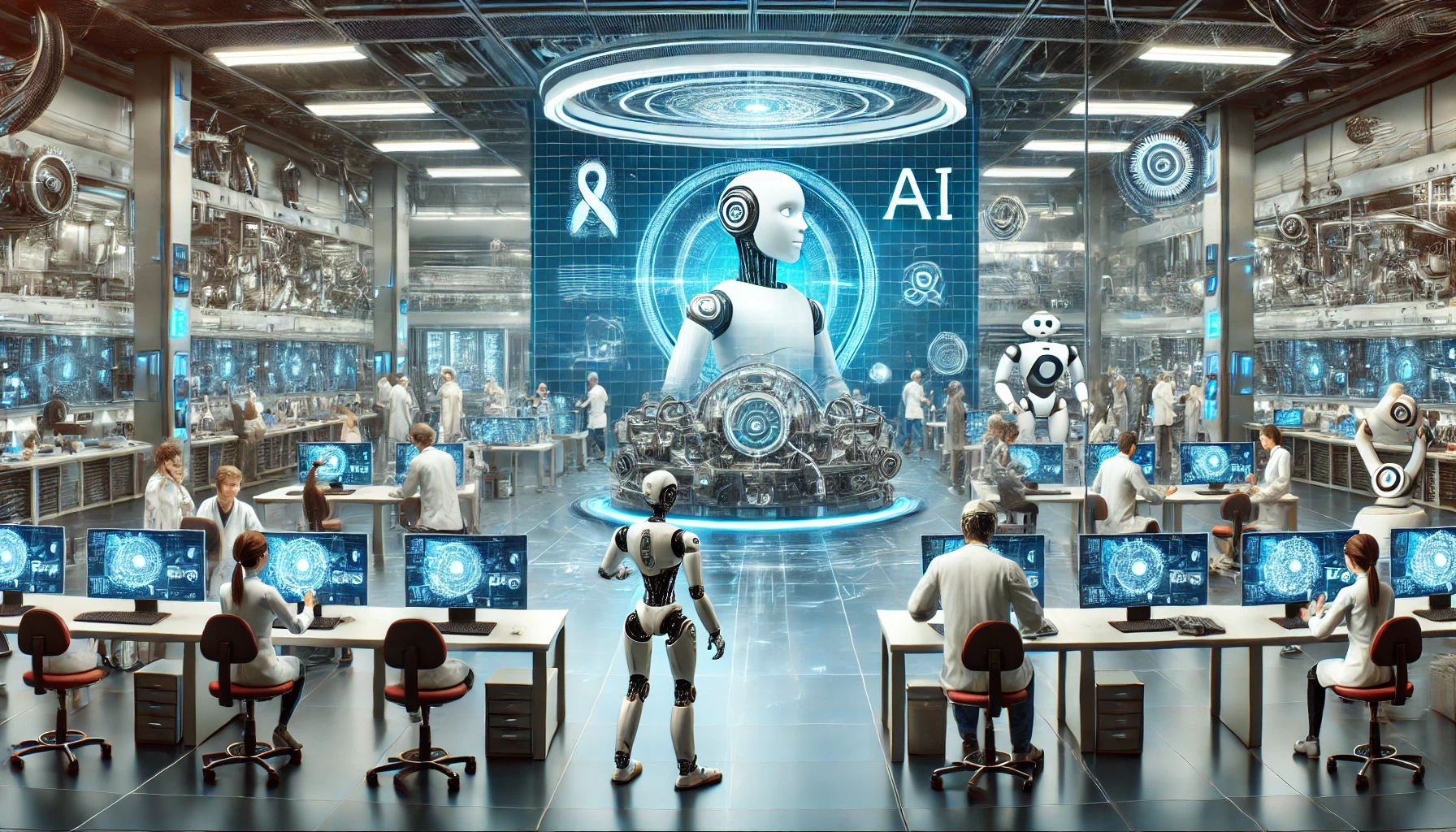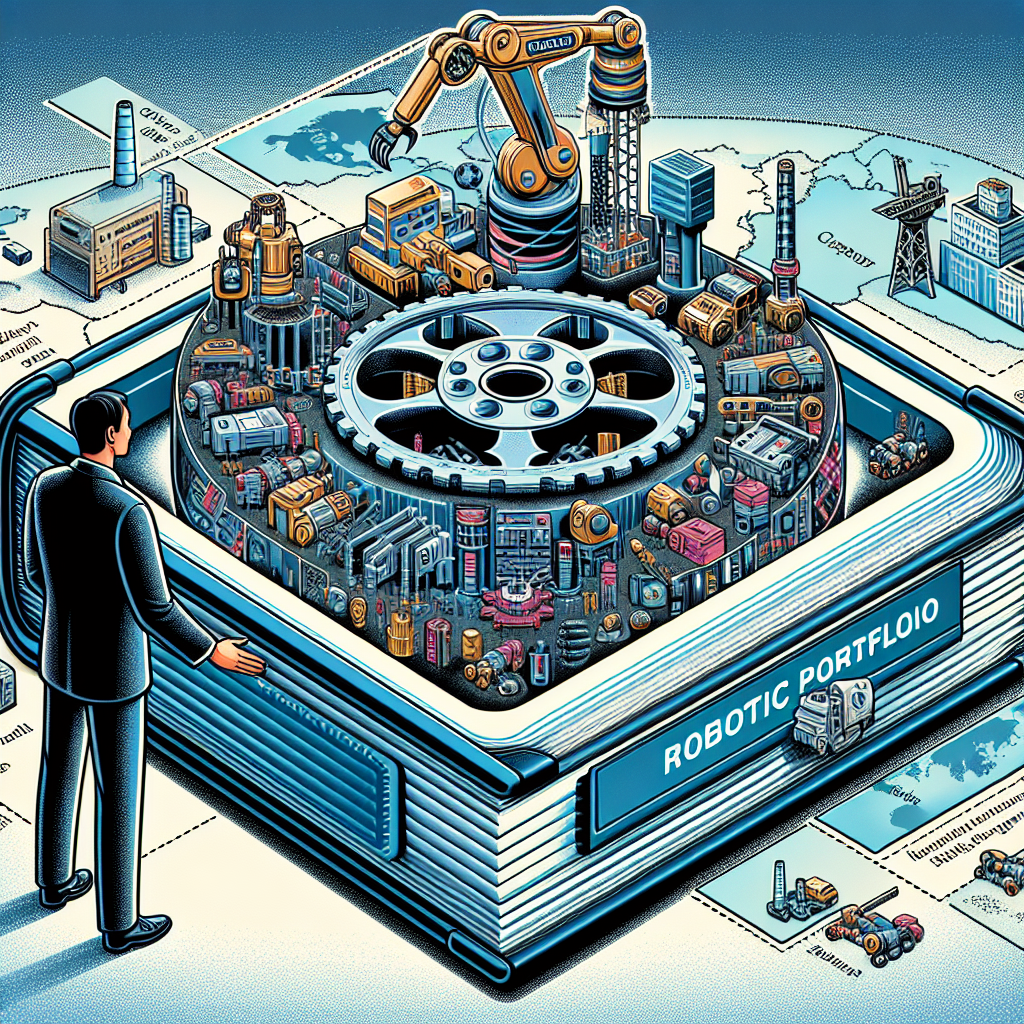SoftBank Moves Deeper into Robotics with Strategic ABB Acquisition
As the race toward artificial intelligence and automation accelerates, SoftBank, the Japanese tech conglomerate known for its aggressive investments in cutting-edge technology, has made another bold move. The company has expanded its footprint in the robotics industry by acquiring a robotics division from ABB, a Swiss-Swedish multinational renowned for its automation and robotics systems. This latest acquisition underlines SoftBank’s resolute belief in what it has coined “physical AI” — the fusion of artificial intelligence with robotics capable of interacting with the physical world.
Understanding the Significance of the ABB Acquisition
ABB’s robotics arm is considered one of the most advanced in manufacturing and industrial automation. By absorbing part of ABB’s operations, SoftBank gains access to robust robotic platforms, sophisticated automation tools, and specialized hardware — elements vital to a future dominated by intelligent machines.
Why it matters: Through this acquisition, SoftBank isn’t just buying machines — it’s acquiring technological expertise, global supply chains, and innovative capacity. This strengthens its current portfolio and provides the foundation for future advancements in commercial and consumer robotics.
The Rise of “Physical AI”
SoftBank refers to the next phase of technological progress as “physical AI”, an evolution of artificial intelligence that goes beyond the digital space. It includes machines that can think, learn, and operate in the real world — often without human intervention.
Physical AI merges machine learning, computer vision, and robotics to create intelligent agents that can perform complex tasks in dynamic environments. Think autonomous warehouse robots, precision surgical robotics, or service robots in hospitality and elderly care.
SoftBank’s perspective: As AI becomes ubiquitous in software, the next transformative opportunity lies in giving those algorithms a body — machines that can physically navigate and improve the human environment. This acquisition is a cornerstone for developing that reality.
What This Means for SoftBank’s Robotics Portfolio
SoftBank has long been a pioneer in the consumer robotics industry. Its earlier ventures, such as the humanoid robot Pepper and its investments in robotics companies like Boston Dynamics (previously), highlight its forward-thinking trajectory. With ABB’s capabilities now under its wing, the company pivots toward more robust, multifunctional robots targeting industries such as:
- Manufacturing and Logistics: Smarter automation for assembly lines, order fulfillment, and inventory control.
- Healthcare: Precision robotics for surgery, diagnostics, and patient interaction.
- Elderly Care: Companion robots designed to assist with daily tasks and enhance quality of life.
This strategic overlap caters to global megatrends, such as aging populations, decentralized logistics networks, and the growing demand for customized manufacturing.
Aligning with Global AI & Automation Trends
SoftBank’s acquisition also taps into a broader economic shift. Governments and corporations around the world are investing in AI and automation to deal with labor shortages, rising production costs, and post-pandemic recovery.
According to a McKinsey report, automation could contribute up to $15 trillion to the global economy by 2030. Robotics form the physical backbone of this revolution, and SoftBank clearly aims to be at the forefront.
Strategic Synergies and Future Outlook
With this acquisition, SoftBank is likely to benefit in multiple ways:
- Technological Synergy: ABB’s proven track record in automation technologies complements SoftBank’s AI-driven focus.
- Scale and Reach: Access to global logistics, production plants, and industrial clients through ABB’s network.
- Innovation Acceleration: Increased R&D capabilities will bring next-gen robotics to market faster.
Looking ahead, SoftBank’s integration of ABB’s assets could pave the way for breakthroughs in human-robot collaboration, adaptive manufacturing, and autonomous systems. These innovations are essential to realize the full potential of physical AI in everyday life.
Challenges Ahead
Despite the upside, merging established industrial systems with forward-leaning AI ventures is not without hurdles. Key obstacles SoftBank may face include:
- Integration Complexity: Harmonizing software-driven innovation with hardware-centric operations is intricate and time-consuming.
- Regulatory Hurdles: Data privacy, safety standards, and automation regulations differ widely across markets.
- Talent Shortages: There’s a global shortage of robotics engineers and AI specialists capable of driving these advancements.
Conclusion: SoftBank’s Bold Bet on the Future
SoftBank’s acquisition of ABB’s robotics division reinforces its commitment to driving the next industrial revolution powered by physical AI. With AI becoming increasingly embedded in digital life, the logical next step is the physical embodiment of intelligence — robots that can perceive, understand, and act within the real world.
By consolidating expertise and resources from different corners of the technology landscape, SoftBank is positioning itself as a global leader in robotics innovation. As industries, cities, and homes increasingly rely on intelligent machines, this move could prove to be one of the most transformative steps in robotics history.
Whether the future is humanoid assistants, fully autonomous factories, or robotic medical aides, SoftBank clearly wants to build it first — and own a sizable share of the economy that comes with it.



Leave a Reply